Mold Remediation - Mold Removal - Baltimore Maryland Metro | SI Restoration
Mold Removal Answers for the Baltimore Maryland Area
Author Bio : Jeff Cohn Baltimore Maryland and Washington DC .
Jeff Cohn and Mike own SI Restoration a water damage restoration and mold removal and remediation company . We are still in business since 1989 and have been IICRC certified for water damage cleanup and mold removal or remediation services for 30 years. Jeff graduated from the Park School and University of Maryland .
If you are in the Baltimore Maryland and Washington DC area and would like a free consultation or free estimate on mold removal and mold remediation services please call Jeff ar 410-458-5371;
Introduction
Mold is usually found both indoors and outdoors. Mold can enter your home or office through open doorways, windows, vents, and heating and air conditioning systems. Mold in the air outside can also attach itself to clothing, shoes, bags, and pets can and be carried indoors.
Mold will grow in places with a lot of moisture problems , such as areas around leaks in roofs, windows, or pipes, or where there has been flooding. Mold grows well on paper products, cardboard, ceiling tiles, and wood products. Mold can also grow in dust, paints, wallpaper, insulation, drywall, carpet, fabric, and upholstery.
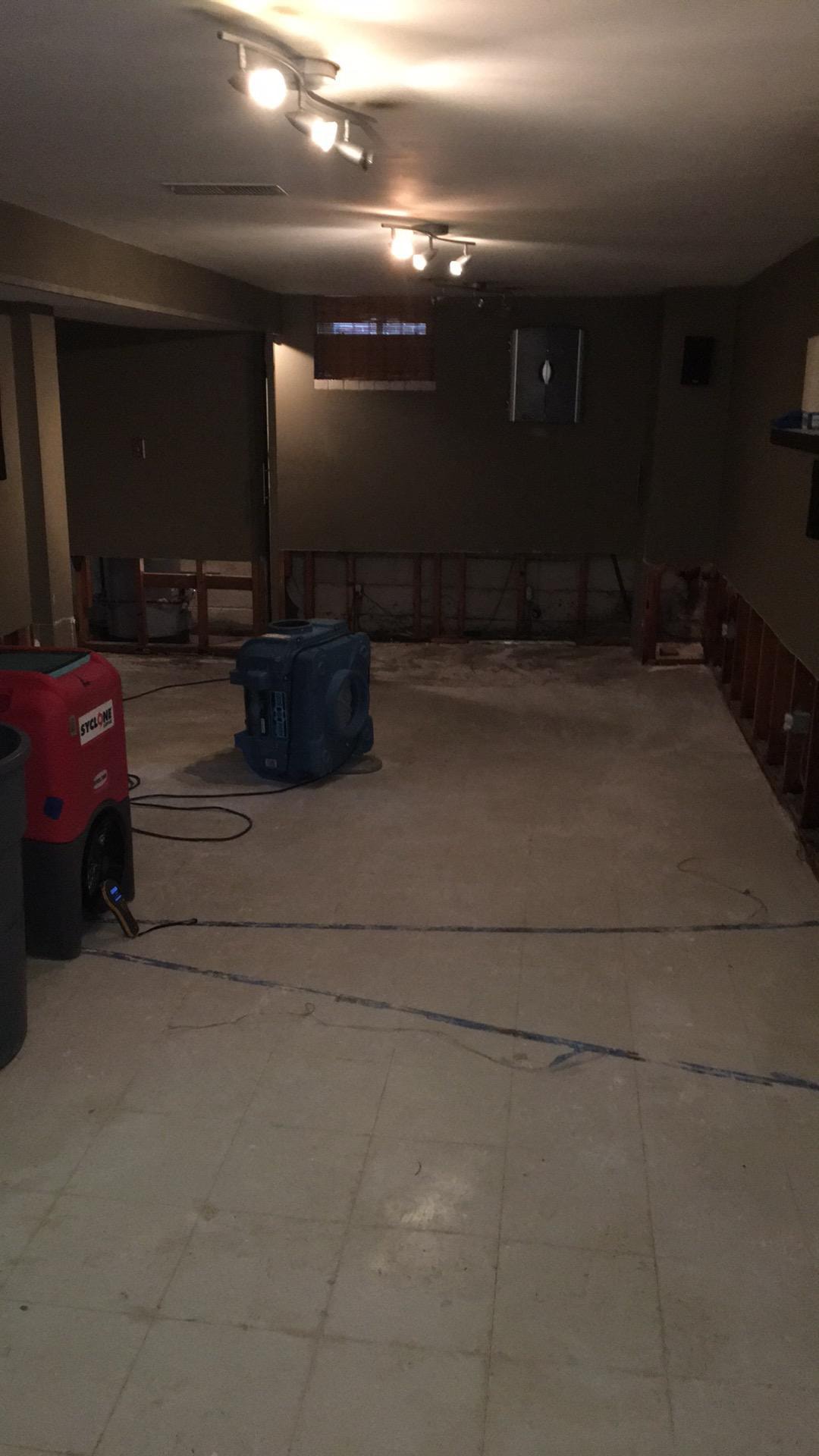
What does mold look like ?
Mold , which often looks like spots, can be many different colors, and can smell musty. If you can see or smell mold, a health risk may be present. You do not need to know the type of mold growing in your home, and the Center for Disease Control does not recommend or perform routine sampling for molds. No matter what type of mold is present, you should remove it. Since the effect of mold on people can vary greatly, either because of the amount or type of mold, you can not rely on sampling and culturing to know your health risk. The best practice is to remove black mold and work to prevent future future mold growth.
Finding the Mold Source
Discovering the source of the moisture that helps mold grow is important in defending against mold damage and potential heath risks. Mold remediation and mold removal contractors can assist in finding and prevent future mold growth .## Wall or ceiling water as mold damage source
Water damage on a wall or ceiling is a sign that there may be mold growth on or behind dry wall. In bathrooms, mold is common around and behind sinks, toilets and showers due to excess moisture.
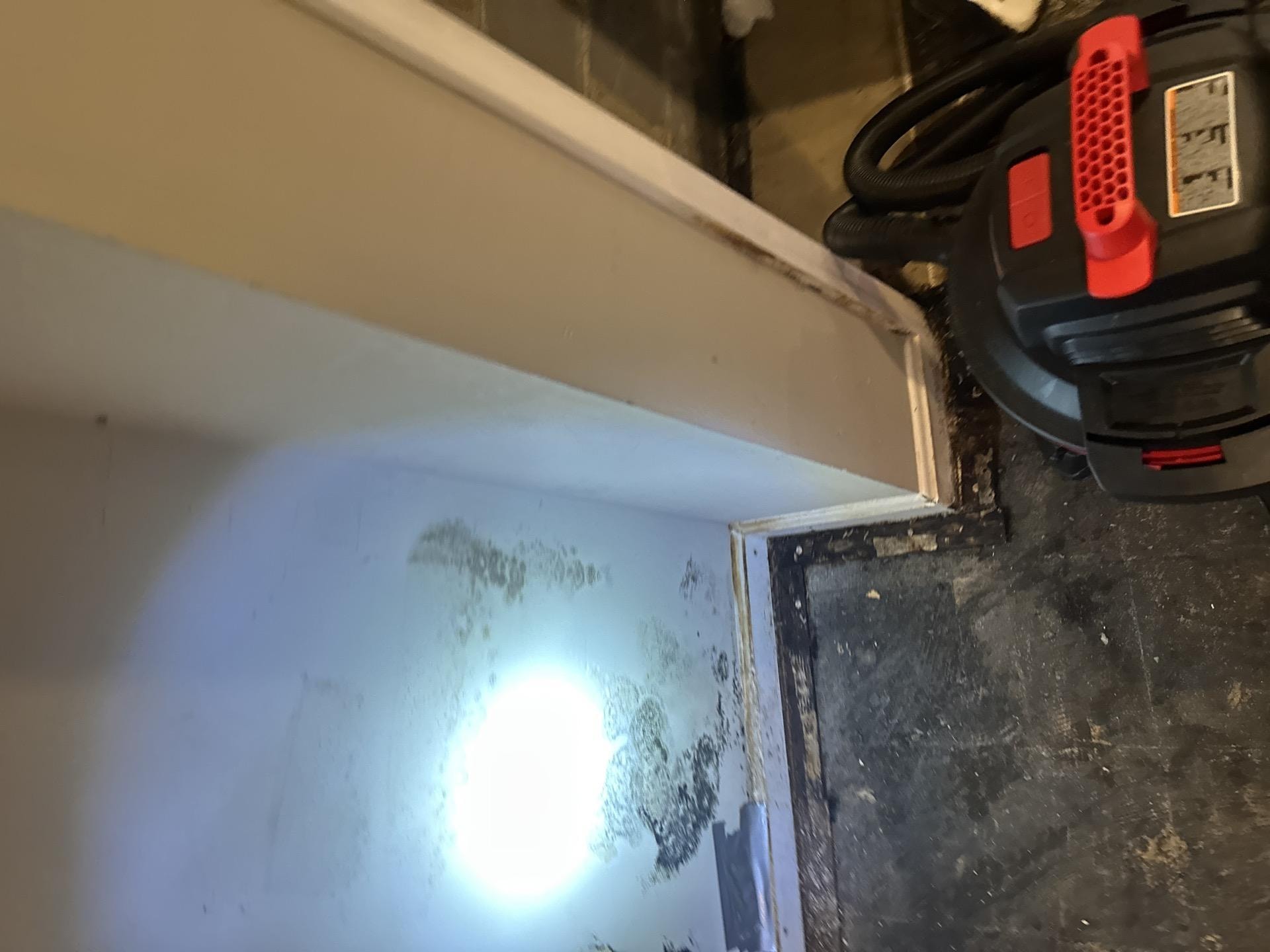
Home appliances source
In kitchens and laundry rooms, have slow leaks behind sinks, refrigerators and washing machines can create excess water, a breeding ground for black mold. Mold can also grow near leaky water heaters and other HVAC equipment.
HVAC mold
When near HVAC or cleaning equipment, the problem gets worse. The HVAC unit can spread spores throughout the rest of the structure of the home or office through the ventilation system.
Plumber finds a water damage leak
Finding the issue and having a professional fix or repair the leak source is important to prevent re-growth around your home or business. Plumbers and roofers have the skills to repair and make sure the issues are solved correctly.
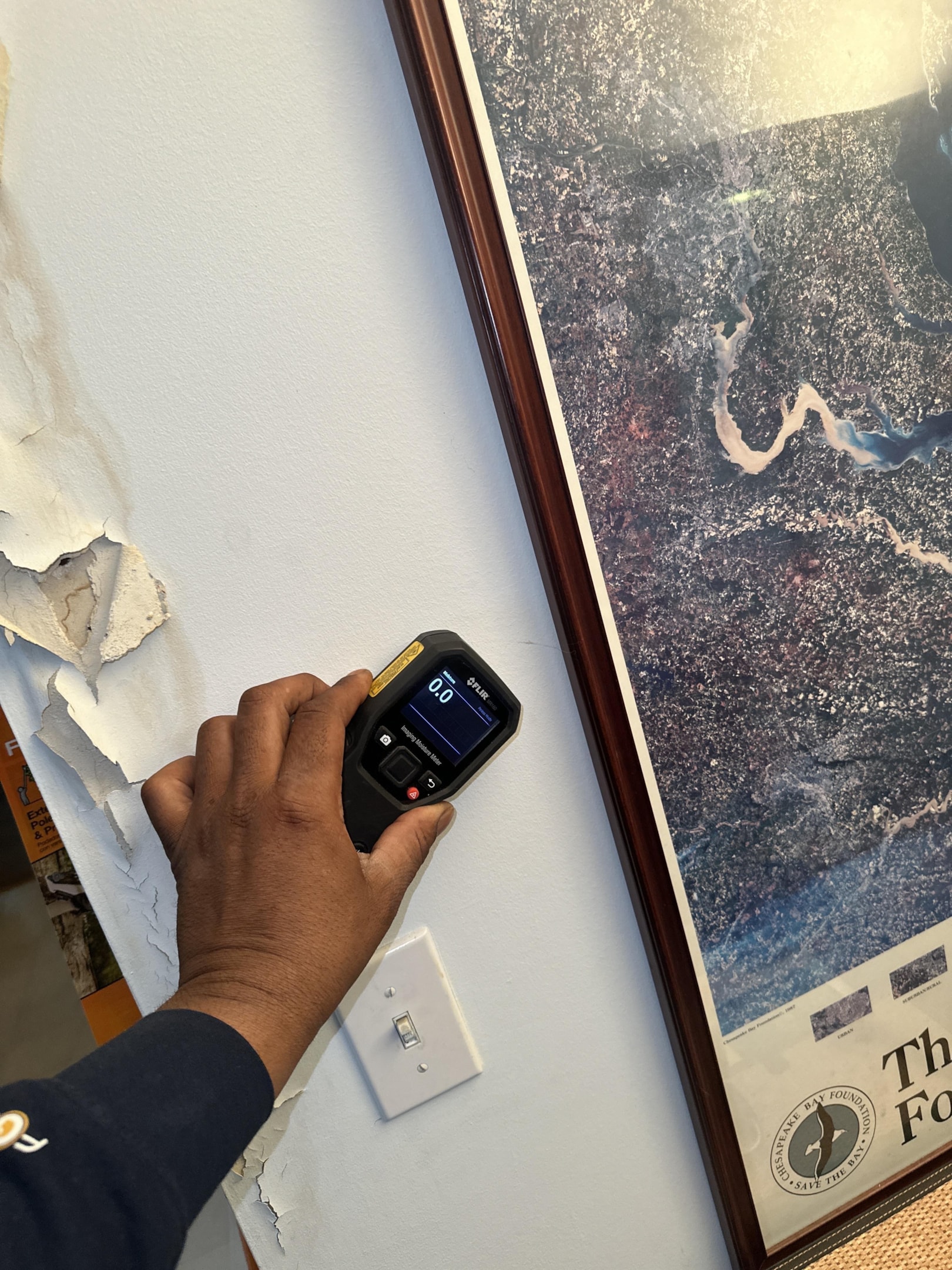
Other mold growth sources
Mold can grow in many unexpected places beyond the obvious areas of water damage. Attics, basements and crawl spaces are prone to mold growth due to poor ventilation and high humidity levels. In attics, leaks from the roof or condensation from HVAC systems can create a mold perfect environment. Basements and crawl spaces often have dampness and poor air circulation, making them mold breeding grounds.
Black mold
Additionally, black mold can grow in less visible areas such as behind wallpaper, inside wall cavities, insulation or beneath carpet padding. These hidden spaces can hold moisture from leaks or condensation allowing mold to spread undetected. Mold spores can also settle on and grow on houseplants, especially if the soil is consistently damp.
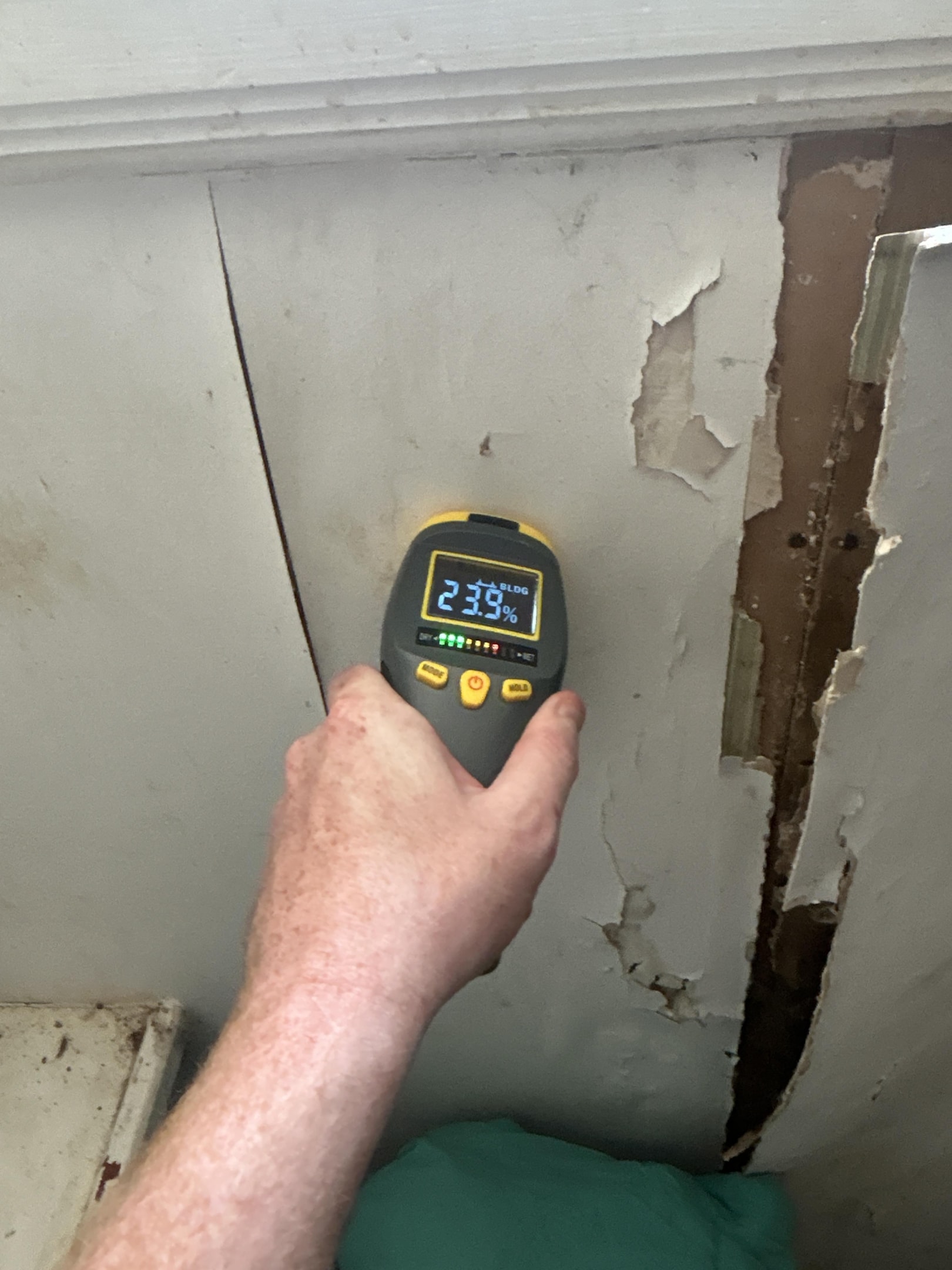
Prevent Mold from growing
It’s important to check these less obvious areas regularly and address any signs of moisture or musty odors right away. By doing so, you can prevent mold from taking hold and causing damage to the structure on your property and health issues for its occupants. Regular mold inspections and moisture control are key to a mold free environment.
Just wiping the mold off the wall
You can’t just wipe the mold off the wall because mold is an organism that embeds itself into porous surfaces making it difficult or impossible to remove completely by simple cleaning methods.When you try to wipe away mold, you may only be addressing the surface level of the infestation, leaving the roots intact. This can allow the mold to regrow and spread further. Additionally, wiping mold off paint can release spores into the air which can settle in other areas of your home and create new mold growth and potentially worsen indoor air quality.
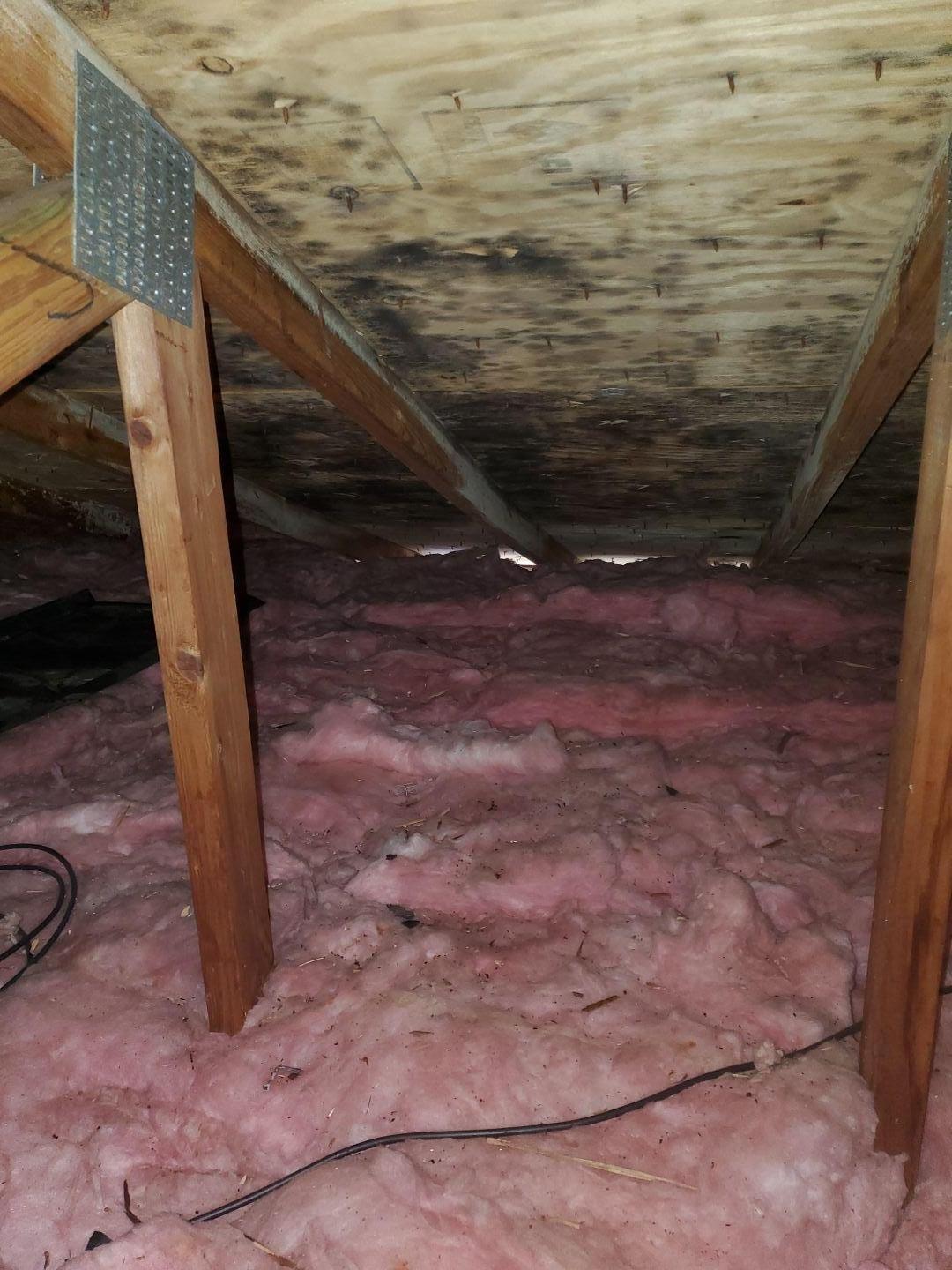
Find the root cause of the moisture problem
Proper mold remediation involves not only removing visible mold but also addressing the root cause of moisture and making sure all affected building materials, are thoroughly cleaned or replaced. Professional mold remediation services use specialized techniques and equipment to contain and remove mold, preventing further contamination and protecting your property and health.
Most mold removal and mold remediation guidelines recommend any suspected growth over 10 square feet to use a mold remediation company.
What about the company that just sprays chemical on the wall ?
There are mold removal and mold remediation contractors ( companies ) that will just spray a chemical on the mold and not have to remove the drywall that the mold is growing on completely dry, and the roots imbedded in the wall.
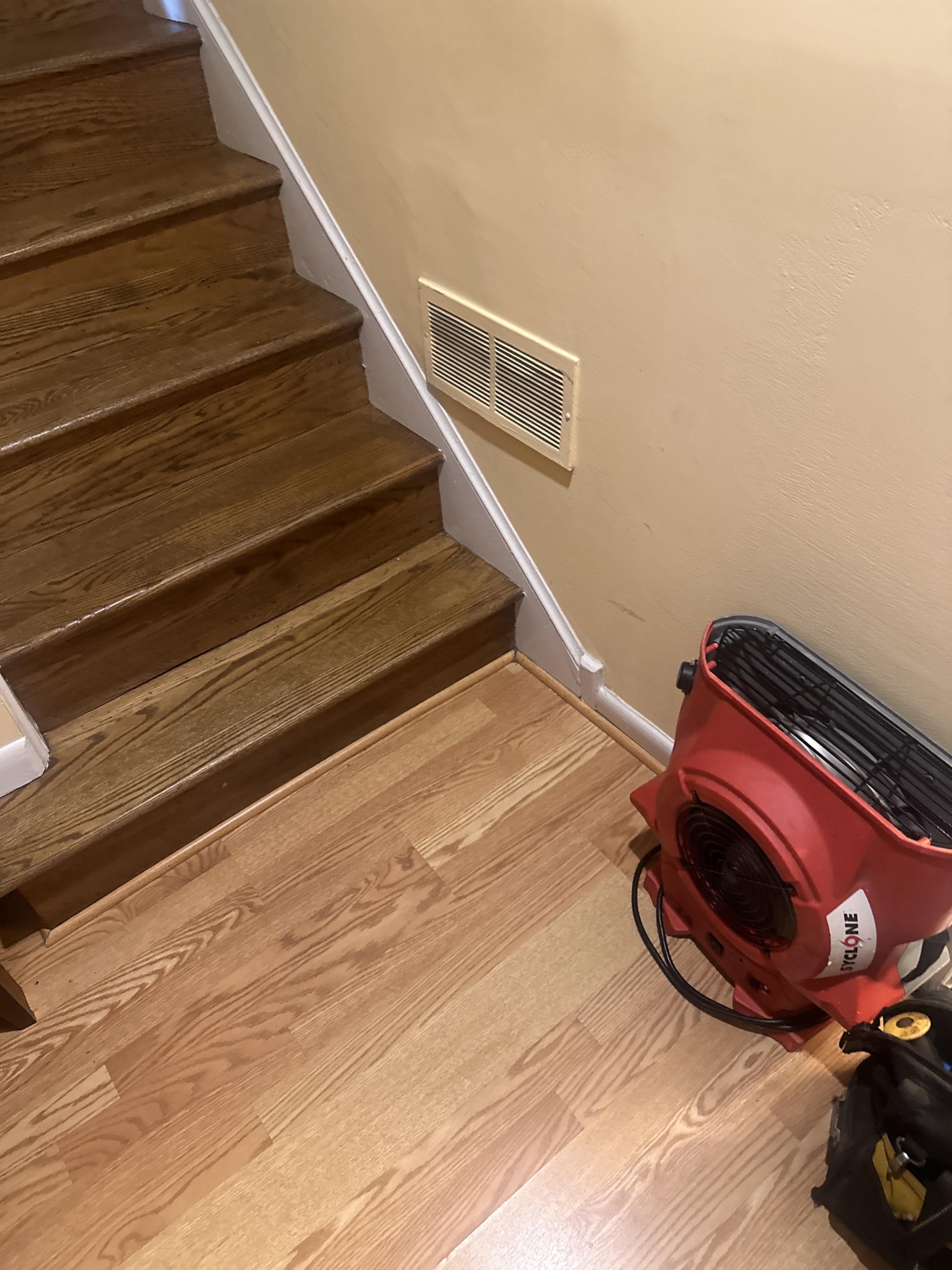
Natural based mold cleaning product
Natural based mold cleanup products should be used in the mold abatement process ( mold removal ), but should be used to clean hard surfaces during the mold restoration process ( mold removal ) .
Just using a chemical or "natural plant-based product" on the mold is often marketed as a quick fix, but may not be a comprehensive solution to a mold problem. While these products can kill surface mold and may reduce visible mold growth temporarily, they often don’t address the underlying issues that cause mold to thrive, such health conditions such as moisture and humidity. Moreover, without proper remediation, mold spores can remain embedded in porous materials like drywall, wood or carpet and regrow.
The Environmental Protection Agency ( EPA )
The Environmental Protection Agency and other health organizations recommend a comprehensive mold remediation and restoration process that includes identifying and fixing water damage, removing mold-infested and contaminated materials, and implementing moisture control measures to prevent mold from returning.

How do I know the right way to remove or kill mold ?
IICRC Certified Mold removal companies
Most high level Industrial Hygienist ( mold testers with biology degrees and certified by the state of Maryland ), and most state licenses to perform mold removal and mold remediation ( Maryland doesn’t have a license available at the writing of this article ) use the IICRC S520 Guidelines .## What Does The IICRC S520 Guidelines say about removing and remediate mold? ?
Who is The IICRC ?
The IICRC S520 is a leading guide and guidelines to instruct professional mold removal and mold remediation companies especially in Baltimore Maryland how to correctly remove and remediate the mold infestation and growth .
The IICRC S520 guidelines doesn’t mention about mold testing , but concentrates on mold removal and remediation and protecting the health of occupants of homes and properties .
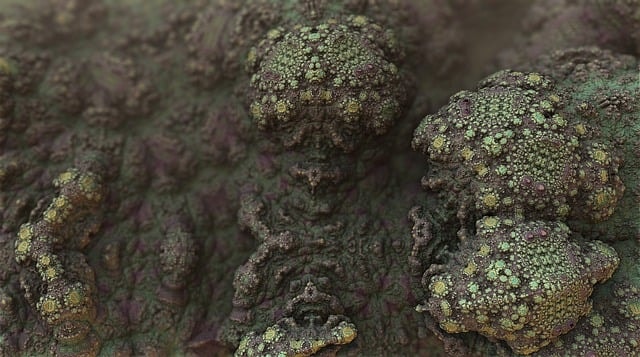
Here are a few main important suggestions that the IICRC S520 Guidelines covers
Containment is a critical part of the mold removal and mold remediation process. Containment typically involves creating a simple enclosure made of plastic sheeting and framing to isolate the affected area from the rest of the property. This enclosure is designed to prevent mold spores from spreading to other parts of the building during the cleanup and remediation process. The containment area is often equipped with negative air pressure, using air scrubbers and HEPA filters to capture airborne mold spores and maintain air quality.
Protects homeowners and property owners from cross contamination
The containment process is key to ensure the mold remediation process is effective and doesn’t lead to further contamination. It involves sealing off doors, windows and vents with plastic sheeting and tape to create an airtight barrier. Entry and exit points are established, often with a decontamination chamber to ensure that the cleanup workers don’t carry mold spores outside the contained area.
Proper containment also involves monitoring the air pressure within the enclosure to ensure it remains negative relative to the surrounding areas. This ensures that any mold spores disturbed during the remediation process are drawn into the containment area and filtered out, rather than escaping into other parts of the commercial building itself.
Mold spores contamination
By implementing thorough inspection and containment measures, mold remediation specialists can manage mold spores and prevent them from spreading, safeguarding both the property and the health of its occupants. This step is part of the mold remediation process to ensure the mold problem is contained and any health problems addressed.
Safety equipment or Personal Protective Equipment ( PPE ) must be wornPersonal protective equipment is an essential part of the mold remediation process, to protect the workers involved. This equipment includes gloves, goggles and respirators to protect against mold exposure and prevent inhalation of mold spores. In addition to these basic items, full-body suits or coveralls may be worn to protect the skin and clothing from coming into contact with moldy materials. Foot coverings or booties are also used to prevent mold spores from the contaminated area to spread to other parts of the property.
Using personal protective equipment is crucial not only for the safety of the remediation team but also to prevent cross contamination. By wearing the right protective gear, workers can ensure they don’t unknowingly carry mold spores to other areas, and safeguard the indoor air quality of the entire building. OSHA and EPA provide guidelines for the use of PPE in mold remediation projects, emphasizing its importance in a safe and effective mold remediation of process.
Furthermore, regular training and updates on PPE are important for all mold infested materials and remediation specialists to stay current on the latest safety practices and equipment. By following these safety protocols, mold remediation professionals can manage mold infestations, protect themselves from health risks and ensure a thorough mold infestation and remediation process.
Testing
The IICRC S520 Guide Lines doesn’t about mold testing , but never should a IICRC certified company make claims that because they followed the IICRC S520 Guidelines . To be 100 % sure that the area that was mold removed in Baltimore Maryland , it should be tested by an independent Indoor Environmental Professional and not the same company that removed the mold . That would be a conflict of interest .
Proper Mold testing is essential to confirm the mold remediation was successful and indoor air quality is safe. Mold testing involves collecting air and surface samples from the affected area to identify the presence and concentration of mold spores. These samples are analyzed in a lab to determine the types of mold present and to determine their health impact.
Using a mold removal company that also tests for mold is wrong !Independent testing by an Indoor Environmental Professional (IEP) is recommended to avoid any conflict of interest with the remediation company.
SI Restoration is a mold removal and mold remediation services company in the Baltimore Maryland and Washington DC area . We offer the following mold removal and mold remediation contractor services :
Mold remediation
Help finding independent mold inspection professionals ( SI Restoration does not perform testing )
Help finding independent HVAC system mold cleaning professionals ( SI Restoration does not have professionals clean mold in HVAC systems )
Test building materials for moisture
Additional resources for mold removal, mold remediation and mold clean up
https://www.cdc.gov/mold-health/about/index.html
Towson
Pikesville
Catonsville
Bel Air filtration
Baltimore City
Baltimore County
Dundalk
Essex
Laurel
Parkton
Westminister
Aberdeen
Hyattsville
Burtonsville
Bowie
Chevy Chase
Elkton
Gaithersburg
Rockville Germantown
Hampstead
Manchester
Mount Airy
Sykesville
Takoma Park
Upper Marlboro